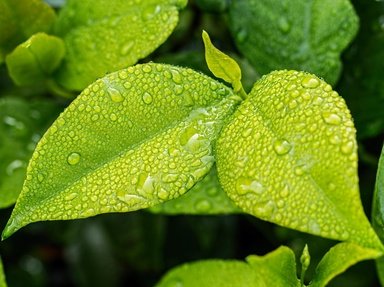Quiz Answer Key and Fun Facts
1. When an Australian is asked to name a kind of cactus that grows here, the first response is likely to be the prickly pear. What is one of the primary reasons why various species of Opuntia were imported in the 19th century?
2. The most commonly eaten prickly pear is Opuntia ficus-indica. In culinary terms, the plant and its fruit are usually given the same names as they have in Mexican Spanish. So what are they called?
3. The wheel cactus, Opuntia robusta, has established itself in large areas of Australia, although it is sometimes said to be endemic to what country or region?
4. The Harrisia cactus, originating in South America and parts of southern North America, opens its flowers during the night. This has led to it being given what common name?
5. Opuntia tomentosa is considered a weed, which has established itself widely since being imported from central Mexico in the 1880s. What common name is given to this plant which can grow to be 5m high, has a hairy stem, and bears plentiful fruit?
6. What is the term used to describe an imported plant that has established itself in its new locale to the detriment of the native species in the area, to the extent that steps may be taken to eradicate it?
7. The various imported members of the Opuntia genus became such a problem for agriculturists that a number of measures were taken to control (or eliminate) them. One approach was the use of a biological control, whose effect on a prickly pear is shown here. What is the name of this agent of biological control?
8. Although the imported succulents are often larger and more readily observed, there are a number of native Australian xerophytes. Discaria pubescens is one of two Discaria species endemic to Australia, and has been given a number of common names, including hairy anchor plant and which of these?
9. Sometimes the name of a plant gives you a hint that it is not much appreciated in everyday culture. What porcine name is commonly given to Disphyma crassifolium ssp. clavellatum?
10. Some Australian plants in the Peperomia genus have leaves which are more succulent at some stages of their life cycle than others. This image shows a fairly young specimen of Peperomia blanda. How do their leaves change over time?
Source: Author
looney_tunes
This quiz was reviewed by FunTrivia editor
agony before going online.
Any errors found in FunTrivia content are routinely corrected through our feedback system.

